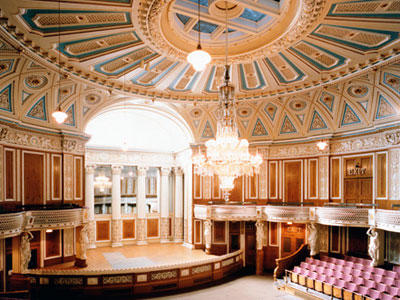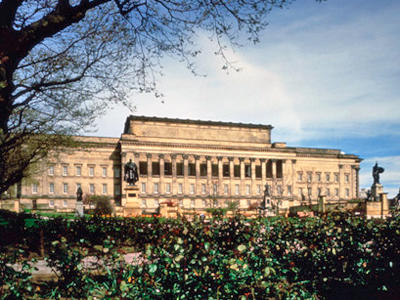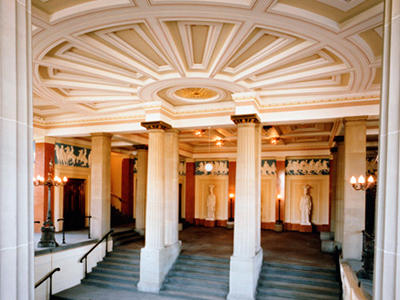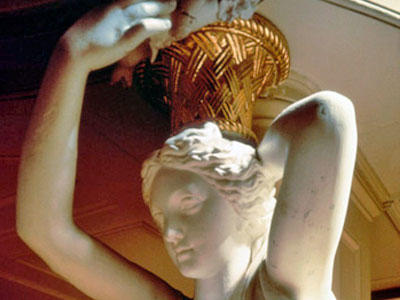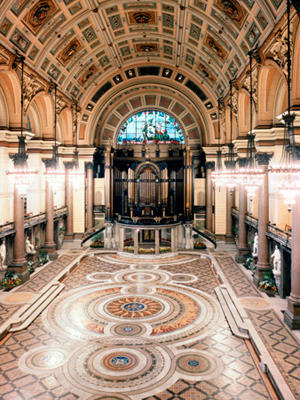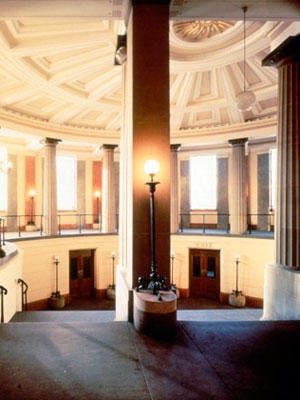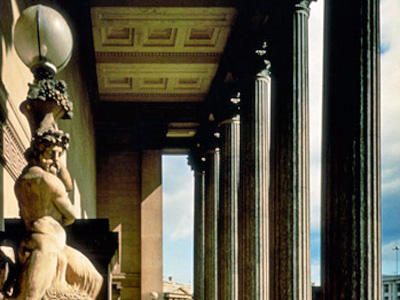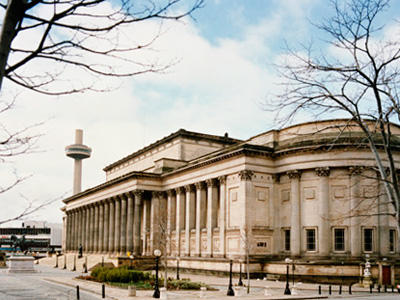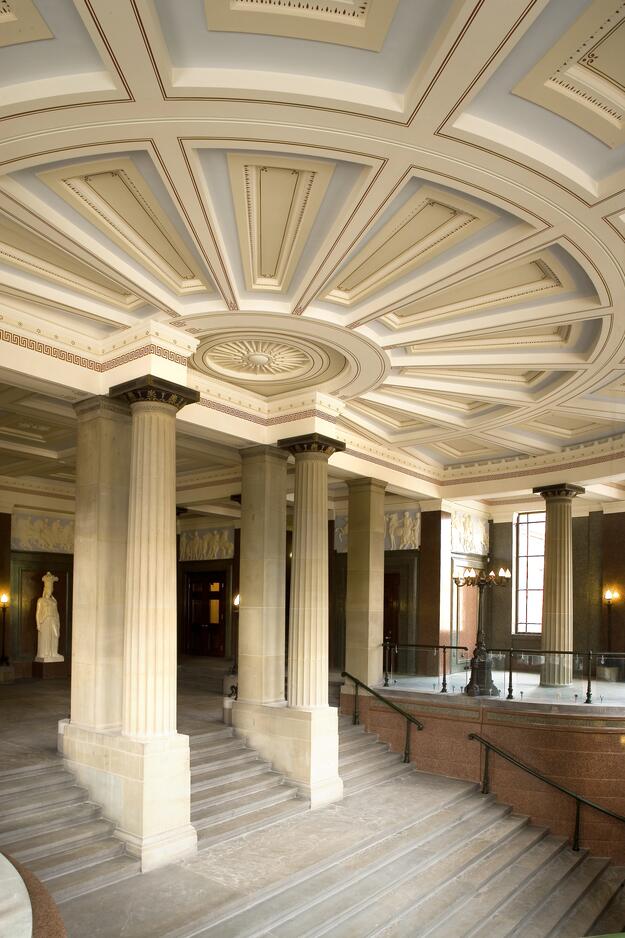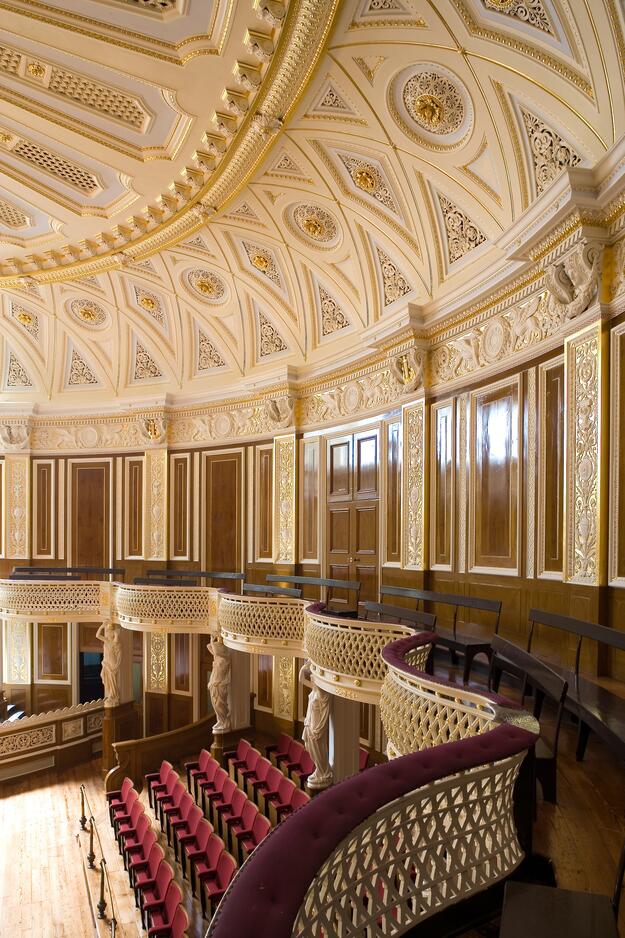St. George’s Hall
Background
Architect Harvey Lonsdale Elmes designed St. George’s Hall in 1854, when he was only 25 years old. Despite the architect’s young age, St. George’s Hall has been recognized as one of the United Kingdom’s greatest buildings. Touted as “the climax of the great classical movement in Europe and its finest product” by Sir Charles Reilly, this structure continues to dominate the skyline of Liverpool from its prominent plateau above the city’s rich commercial center. The idea for the hall originally came from citizens of Liverpool who were concerned about the lack of a venue for the triennial music festival.
Since its opening, St. George’s Hall has been used as both a law court and civic hall, providing a forum for Dickens and other noteworthy Victorians to hold readings, lectures, and performances. Its small concert hall, designed by Robert Cockerell, is a jewel of neoclassical decoration and is especially noteworthy.
How We Helped
With the decline of Liverpool’s economy since the Second World War, St.George’s Hall slowly ceased to function as a major civic facility and closed in 1984. The building reopened in 1987 and, in 1995, St. George’s Hall Trust was created with the help of WMF. Even so, there remained several conservation concerns. Work on the Small Concert Room began in late 2005. Initial analysis of the existing paint finishes revealed that the room had been redecorated at least four times but that the quality of work had been low. WMF repaired and decorated the plaster moldings in the ceiling and re-grained and gilded some of the low level paneling on the stage front to reflect its original appearance.
Other work at St. George’s Hall included installing ramps, automated doors, and elevators to make the Concert Room handicap accessible, restoring the original finishes in the North Hall, updating the HVAC and audio visual systems, and restoring the chandelier in the Concert Room.
Why It Matters
WMF first became involved with St. George’s Hall in the 1990s. Aside from its designation as “the freest neo-Grecian building in England and one of the finest in the world,” it is also one of the few buildings where you can be tried for murder, have a ball, or listen to a concert all under one roof.

